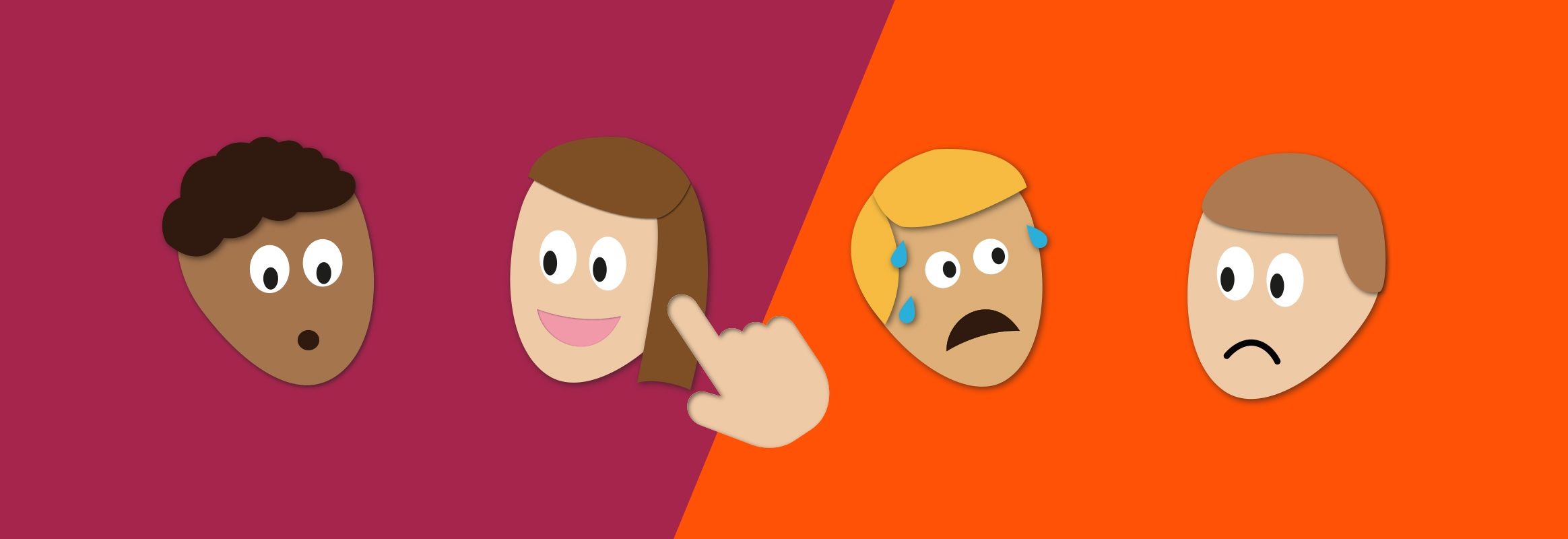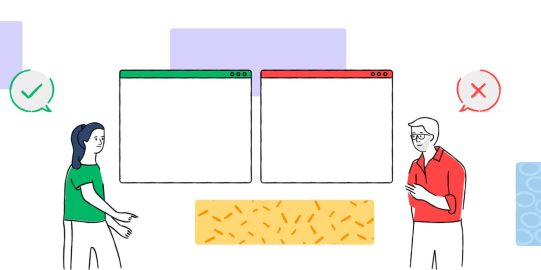Special impact on AAC learners
Everything we’ve talked about applies to children who can speak and children who use AAC for communication. But AAC learners are more likely to have additional challenges that may make it more difficult to learn feeling words.
Sensory processing differences
Children who need AAC are at greater risk for differences in the way they process sensory information. This is especially true for people on the autism spectrum. But anyone with neurological differences that affect speech may also be at risk for sensory processing differences as well. These differences can affect how our brain receives information from both the outside world and our own bodies.
Sight: Children with normal vision learn a lot from watching what goes on around them, including seeing people in emotional situations. This information is an important part of learning what words mean. A vision impairment can make incidental learning difficult. Children who need AAC are also at risk for Cortical Vision Impairment (CVI). With CVI, the eyes work fine, but the part of the brain that interprets what the eyes see doesn’t work properly. This can make incidental learning about feeling words difficult also.
Hearing: Hearing loss makes it difficult to take in spoken language. And even with perfect hearing, children who need AAC are at greater risk for auditory processing disorders. When the part of the brain that makes sense of speech doesn’t work as it should, learning what spoken words mean is especially difficult.
Interoception: Interoception is how the brain knows what’s going on inside your body. Nerves from the organs send information to the brain. This tells you how full the stomach and bladder are, how fast the heart is beating, how tense or relaxed muscles are, and more. Knowing how your body “feels” is an important part of knowing what emotion you’re experiencing. Any problem with interoception can make it very difficult to learn the labels for the emotions you’re feeling. See Interoception and Sensory Processing Issues: What You Need to Know for a description of interoception.
Anyone with these processing differences will need extra help to recognize emotions and learn words to describe them. Fortunately, there’s a great way to help: a teaching method you’re already using!






